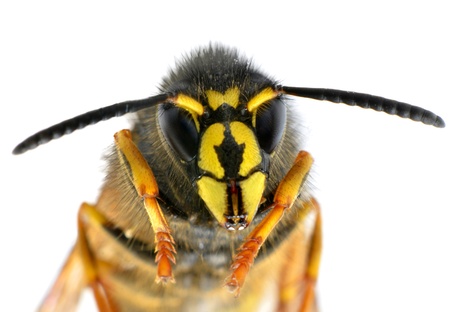The three stinging insects that pest control professionals address on residential properties most frequently in the US are paper wasps, yellow jackets and honey bees. Yellow jackets are generally considered to be the most aggressive stinging insects in the US, and while this is largely true, paper wasps are responsible for the greatest annual number of envenomation cases in some parts of the country, particularly in the Gulf Coast. However, yellow jackets are easily responsible for the majority of medically significant sting incidents that occur each year in the northeast.
Many people do not realize that several yellow jacket species can be found in the US, including the bald faced hornet, which, despite its name, is actually a yellow jacket. At least 19 yellow jacket species have been documented in the US, and these fierce insects inhabit every state, including Alaska. Surprisingly, the northeast US is home to the greatest diversity of yellow jacket species where aerial, eastern and German yellow jackets are responsible for most envenomation incidents on residential properties.
The aerial yellow jacket (Dolichovespula arenaria) is known for scavenging for sugar-rich food and beverages during the fall, but unlike many yellow jackets, they do not favor meat, and therefore, are not typically involved in swarms that interrupt backyard barbecues. However, aerial yellow jackets prey on flies, which often lures aerial yellow jackets to outdoor eating events where flies tend to gravitate. Aerial yellow jackets are widely considered to be the most dangerous of all yellow jacket species due to their habit of nesting on residential structures in the northeast where they are apt to become disturbed by human activity. Bald-faced hornets are relatively less aggressive than other yellow jacket species and colonies are not as easily disturbed by humans as other yellow jacket colonies. Also, bald faced hornets prefer to nest in rural and undisturbed areas, but they occasionally establish nests in shrubs. Much like aerial yellow jackets, bald-faced hornets swarm around residential areas where their fly prey are likely to be found, which occasionally leads to stings.
Have you ever sustained a sting from a bald faced hornet?

